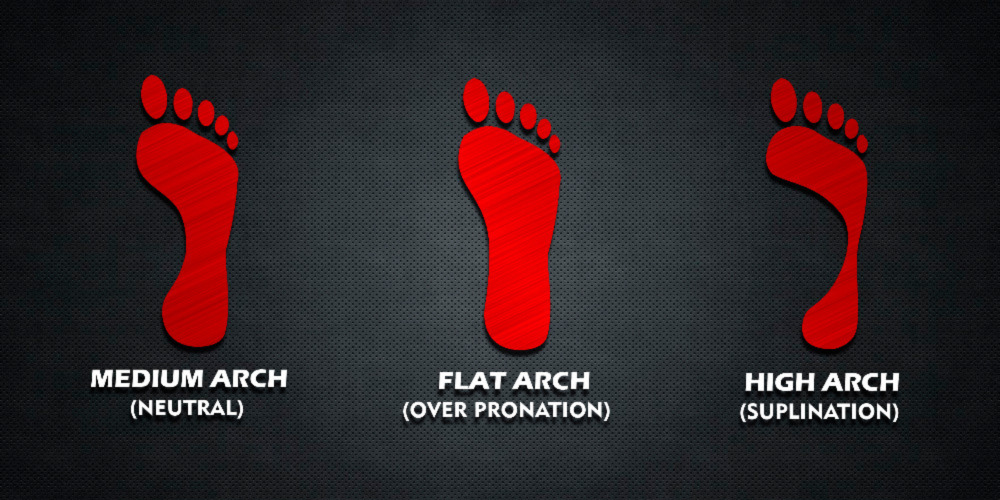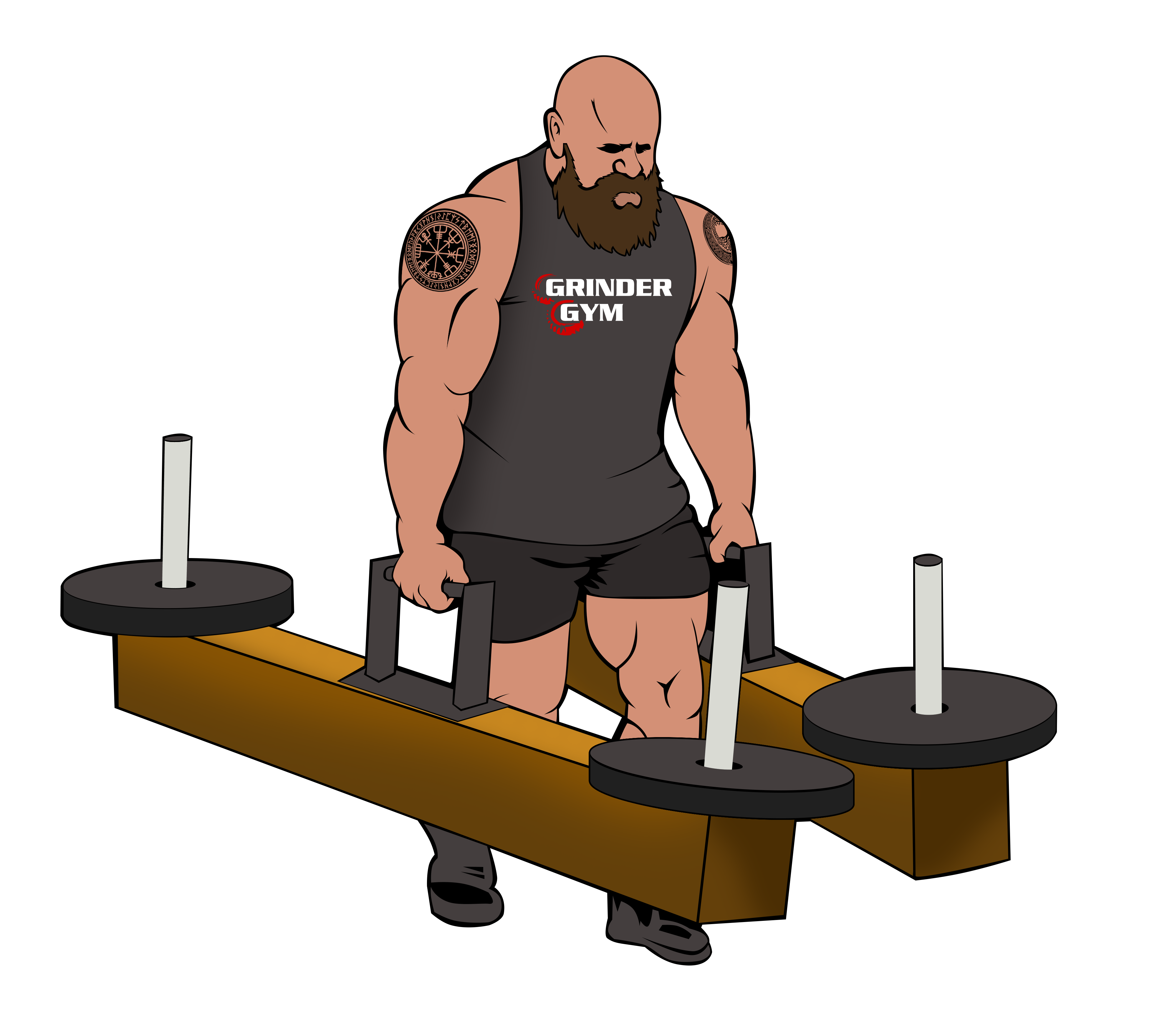Running is a great mentally and physically demanding sport. Running enthusiasts who take it up are passionate and dedicated and know the importance of taking care of their running tools – their feet. That is why it is so important that from day one, you select the right running shoes. Shoes that will not only protect your feet from injury but also ensure you have an enjoyable experience. Not surprising, our feet are as varied as we are as individuals. Therefore, knowing what type of foot we have and how we run are key in selecting the perfect pair of shoes.
If you aren’t sure what type of foot you have, the easiest way to find out would be to go to a knowledgeable store that specializes in running shoes and talk to an expert who can measure your foot and point you in the right direction. However, I know that many people may prefer to arm themselves with a little research before venturing into a store.
So, let’s talk feet!
Foot Mechanics
Two of the most important pieces of information you will need when buying running shoes are the arch type and foot mechanics. Arch type deals with WHAT type of foot you have whereas foot mechanics refers to HOW you run.
There are three main arch categories: flat, medium, and high. If you aren’t sure which one you are, you can always do an easy wet foot test. This is an easy test where you simply dip your feet in the water and then walk on a surface that will show your foot imprint. If the full imprint of your foot is visible, chances are you have flat arch feet. Medium arch feet have a small bit of cut-a-way while high arch has a lot. The picture below illustrates what each arch type would look like:

Once you’ve figured out your arch type, you need to then determine the actual mechanics of how you run. Understanding a few terms is essential to doing this:
- Underpronation (aka Supination): refers to a runner whose foot does not roll in at all or even rolls slightly outward with each step when running. Underpronating runners tend to push off from their small toes. The good news is that people who underpronate represent a very small percentage of the population. Often, a runner with a high arch will underpronate.
- Neutral Pronation: when running, the foot rolls in only slightly or is in a neutral state and comes in complete contact with the ground. The runner pushes off usually using the whole front of the foot. This foot mechanic is common and is typical among runners with a medium arch.
- Mild Overpronation: This is another common foot mechanic among medium arch runners. It describes how the foot rolls in mildly and comes in complete contact with the ground. The inside big toes endure most of the push-off here.
- Severe Overpronation: descriptive of how the foot rolls inward excessively. When running, the push-off comes from the large toes on the inside of the foot. A very small percentage of the population has this foot mechanic. Flat-arched runners tend to severely overpronate when they run.
Shoe recommendations
Okay. So, you have an idea as to your foot type and how you run. Now, let’s turn to what shoe may be right for you. Again, if you have any doubts, check with a shoe professional that specializes in running shoes, but here is a good general starting point. Runners that have:
- High arch/underpronation: can choose from a wide variety of shoe types
- Medium arch/neutral pronation: can choose from a wide variety of shoe types
- Medium arch/mild overpronation: look for shoes that are touted as providing “stability”
- Flat arch/severe overpronation: look for shoes that are advertised as providing “motion control”
To ensure a perfect fit, check to make sure that your foot has adequate wiggle room in the toe area. Make sure the shoe isn’t too tight or sliding about in the shoe. Your heel should not slip around when you are walking and running. Overall, your shoes should feel flexible and lightweight, but still, have a slight stiffness for support and durability. One final note to mention, remember to replace your running shoes every 250 to 500 miles of use.
When armed with the proper running shoes, your running performance is likely to improve and your feet will definitely thank you!
